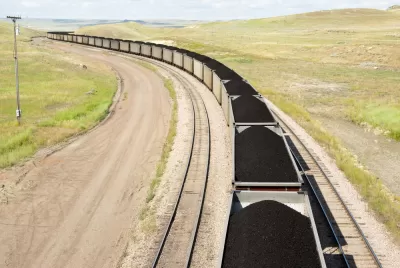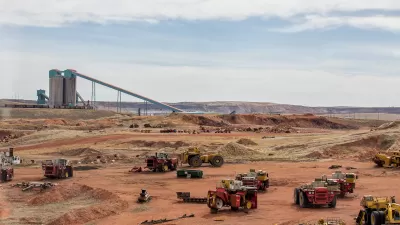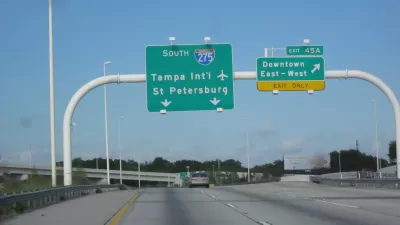Through a series of legal maneuvers associated with a coal giant's bankruptcy, the Sierra Club made good on a conservation opportunity worth $2.2 billion and weighing 53 million tons.

Environmental nonprofits like the Nature Conservancy regularly purchase tracts of land to save them from industry and development. But this time, the Sierra Club and its allies made out even better, taking control of a 53 million-ton coal reserve that will now stay in the ground.
The U.S. still sits on massive supplies of coal, but the past several years have seen equally massive setbacks for the coal industry. Faced with regulatory pressures and lawsuits, companies like Alpha Natural Resources face bankruptcy. Those proceedings can give legally-savvy environmentalists a chance to strike.
In this case, a consent decree charged Alpha to complete a $150 million cleanup by 2019. Resource-rich but cash-poor, the company agreed to give up some of its land holdings instead, reserves worth a whole lot more than the cleanup cost. Daniel Gross writes, "The deal offered the nonprofits ownership of the Rostraver reserve, a seam of coal in 35,000 acres of forest and farmland in Westmoreland and Fayette Counties, Pennsylvania, about 30 miles south of Pittsburgh. At today's prices, 53 million tons of Northern Appalachian coal are worth about $2.2 billion."
Gross doubts whether the Sierra Club will be able to pull this off a second time, but it definitely points to a whole realm of possibility for conservationists.
FULL STORY: How the Sierra Club Got Control of a Massive Coal Reserve

Alabama: Trump Terminates Settlements for Black Communities Harmed By Raw Sewage
Trump deemed the landmark civil rights agreement “illegal DEI and environmental justice policy.”

Planetizen Federal Action Tracker
A weekly monitor of how Trump’s orders and actions are impacting planners and planning in America.

The 120 Year Old Tiny Home Villages That Sheltered San Francisco’s Earthquake Refugees
More than a century ago, San Francisco mobilized to house thousands of residents displaced by the 1906 earthquake. Could their strategy offer a model for the present?

In Both Crashes and Crime, Public Transportation is Far Safer than Driving
Contrary to popular assumptions, public transportation has far lower crash and crime rates than automobile travel. For safer communities, improve and encourage transit travel.

Report: Zoning Reforms Should Complement Nashville’s Ambitious Transit Plan
Without reform, restrictive zoning codes will limit the impact of the city’s planned transit expansion and could exclude some of the residents who depend on transit the most.

Judge Orders Release of Frozen IRA, IIJA Funding
The decision is a victory for environmental groups who charged that freezing funds for critical infrastructure and disaster response programs caused “real and irreparable harm” to communities.
Urban Design for Planners 1: Software Tools
This six-course series explores essential urban design concepts using open source software and equips planners with the tools they need to participate fully in the urban design process.
Planning for Universal Design
Learn the tools for implementing Universal Design in planning regulations.
Clanton & Associates, Inc.
Jessamine County Fiscal Court
Institute for Housing and Urban Development Studies (IHS)
City of Grandview
Harvard GSD Executive Education
Toledo-Lucas County Plan Commissions
Salt Lake City
NYU Wagner Graduate School of Public Service




























